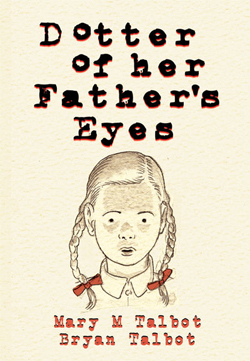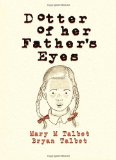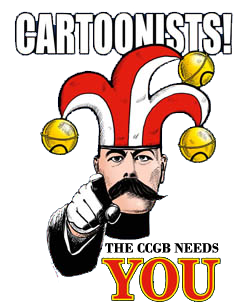 By Mary M Talbot & Bryan Talbot
By Mary M Talbot & Bryan Talbot
Publisher: Jonathan Cape
ISBN: 978-0-224-09608-9
Bryan Talbot's versatility is beyond question encompassing a rich body of work tackling subjects from the intimately personal to the vastness of the multiverse. But as far as Dotter Of Her Father's Eyes was concerned, billing itself as part personal history, part biography, and featuring James Joyce, I wasn't sure what to expect. If I've learnt anything from reading comics, cartoon strips and graphic novels over the years, though, it's that the medium excels at introducing new ideas and concepts to readers, be it the possibilities of science, periods of history, or great literature. Because the comic artist doesn't have to worry about budgets like a film director would, they can invest their interests into a story on whatever scale they please and thus introduce their readership to something new and potentially exciting. My personal knowledge of the life and works of James Joyce is rather limited, but I felt more than comfortable placing myself in the creative hands of Bryan Talbot to learn more.
But this isn't a book by one individual. Bryan Talbot brings his art and visual storytelling to the project, but the author is Mary M Talbot, an internationally acclaimed scholar, whose childhood and early years are the thread that runs through the whole book. This is Mary's first graphic novel, but she clearly understands the genre well – being exposed to her husband's work all these years can't have hurt – exploiting the conventions of the medium to create a touching and emotional tale.
Mary's father was a scholar of James Joyce and we watch her grow up in the house where he worked, with Mary often finding herself in trouble for one thing or another, but always with the growing disapproval of her father. Intertwined with this is the story of James Joyce's daughter who through no reason other than her gender has her future crushed by her parents' inability to appreciate or respect her own wishes. Neither set of parents are wilfully negligent to either of the girls, but a combination of what was socially acceptable and expected, coupled with an ignorance of the consequences of their actions, means that both girls pay a price.
The story jumps back and forth between the two narratives, and it's a credit to Bryan's artistic talent and Mary's writing that we don't get lost within the telling of the tales. Instead they're played out to complement and contrast with one another, reinforcing the frustrated ambitions and drawing you deeper into the book, where the conclusions for each of the girls couldn't be more different.
This is a very powerful and engaging work and is a superb collaboration, underscoring just how versatile the comic medium can be.
And if you liked that: Read Bryan Talbot's The Tale Of One Bad Rat



No comments yet.